Tag Archive for: CNC machining

The Basics of CNC Engraving Machines for Custom Designs
/
0 Comments
CNC technology has changed the way industries and workshops create…
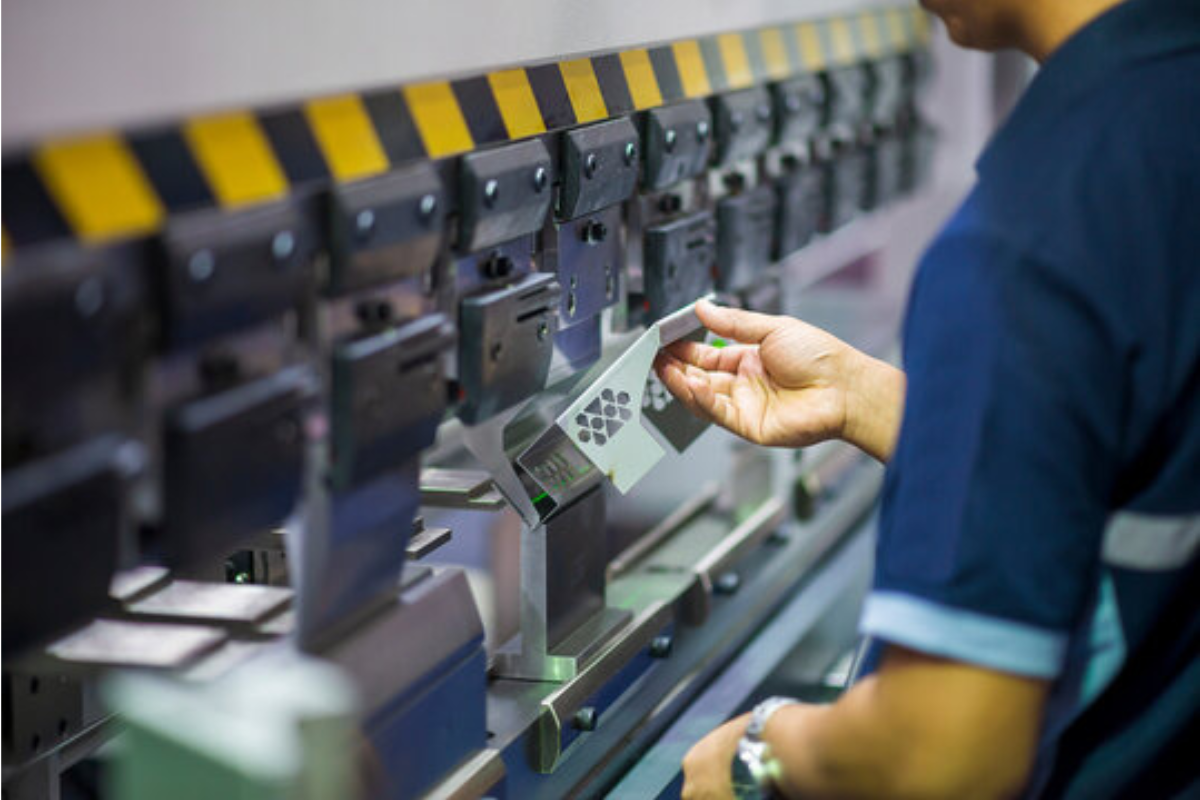
What is a CNC Press Brake? A Beginner’s Guide to Modern Metal Bending
A CNC press brake machine is the backbone of modern metal fabrication.…
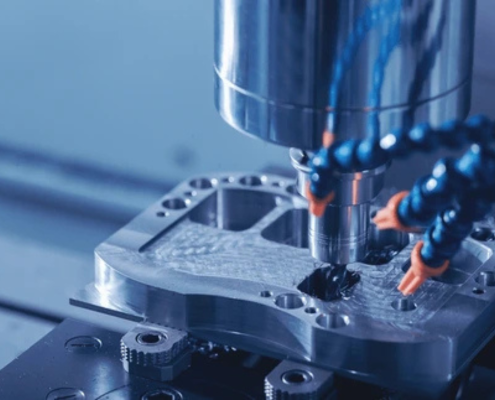
What is a CNC Drilling Machine? Complete Guide for Fabricators
Fabricators today rely on advanced technology to produce precise,…
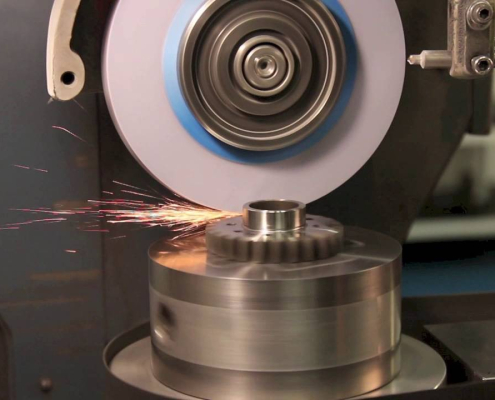
CNC Grinding Machines: Precision Finishing for Complex Parts
In today’s advanced manufacturing world, creating complex parts…
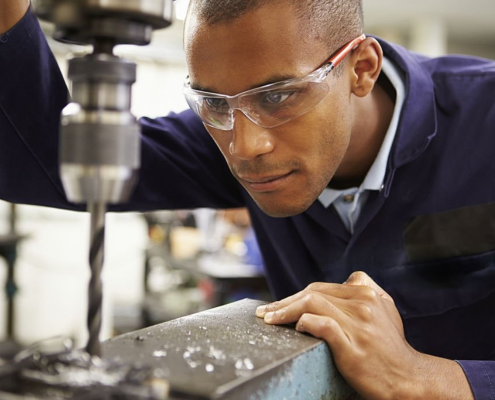
CNC Milling Machine Uses, Types, and Benefits Explained
In the modern world of manufacturing, precision and efficiency…
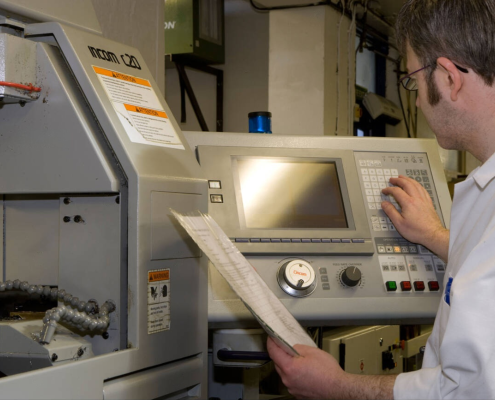
What Is a CNC Lathe Machine and How Is It Used?
A CNC lathe machine is one of the most widely used and versatile…
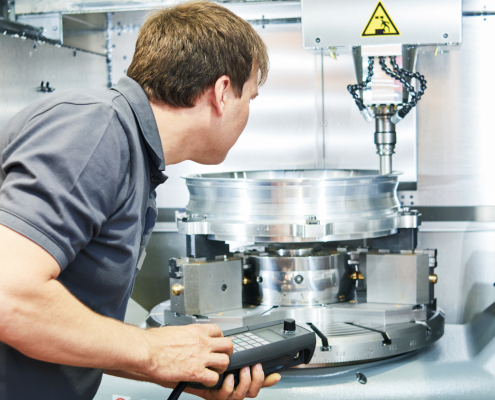
How Metal Presswork, Fabrication, and Machining Work Together in Manufacturing
Manufacturing is a highly complex process that requires a combination…
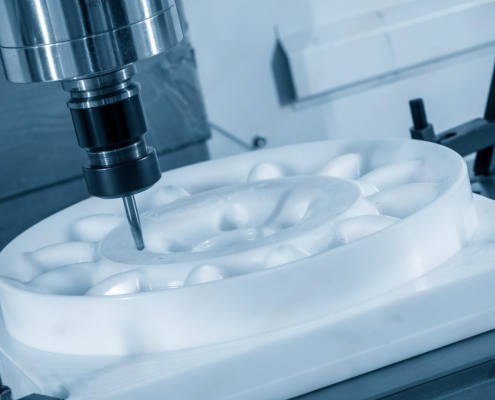
What Makes CNC Machining Ideal for Prototyping and Mass Production?
CNC machining has become a cornerstone of modern manufacturing,…
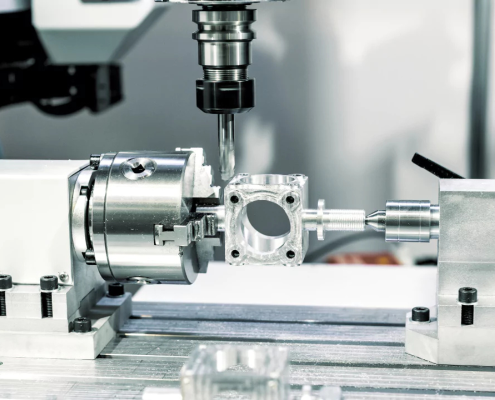
Why CNC Machining Remains a Core Tool in Modern Manufacturing
In the fast-paced world of modern manufacturing, the tools and…
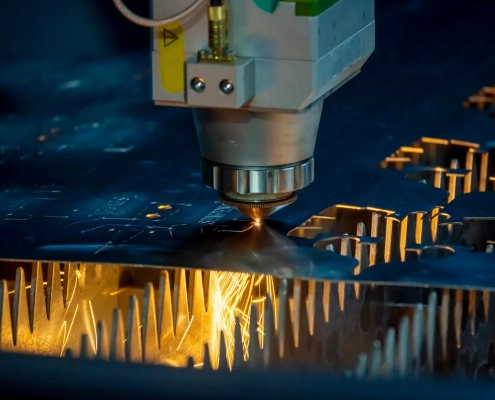
How to Get Accurate CNC, Laser Cutting, and Fabrication Quotes
When you’re undertaking a custom manufacturing project, whether…
